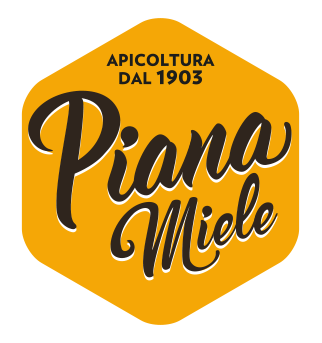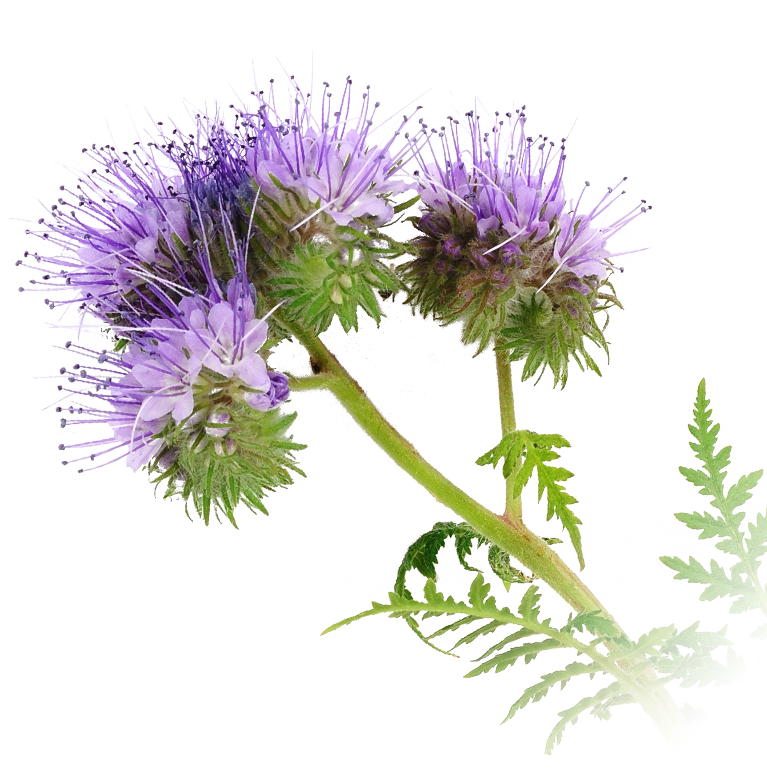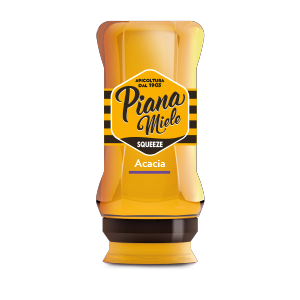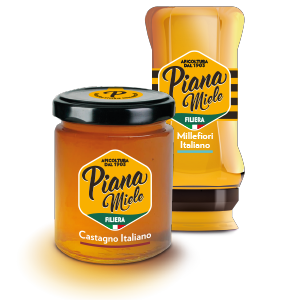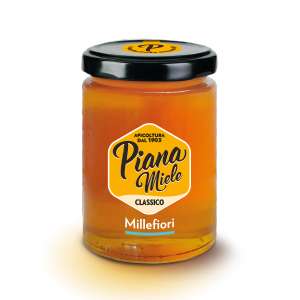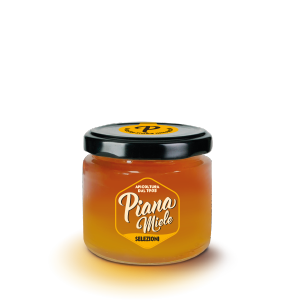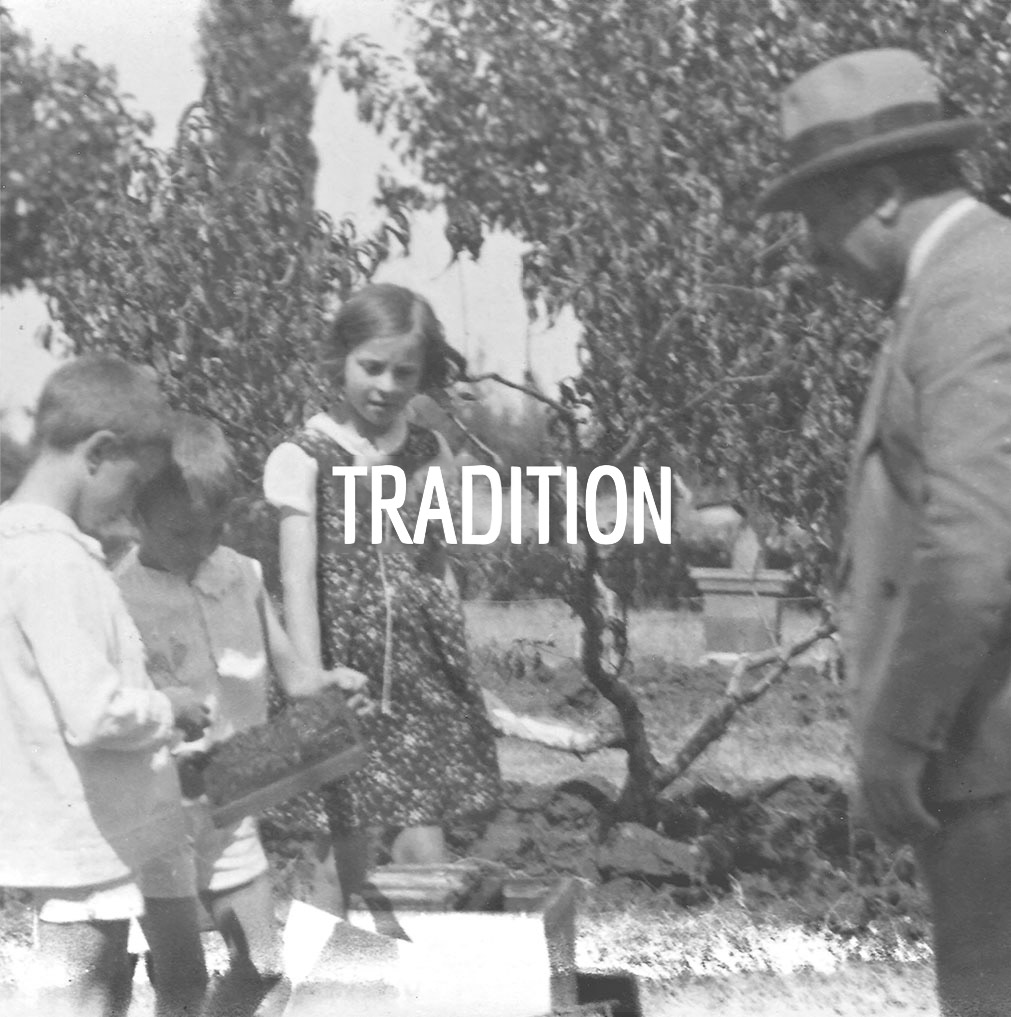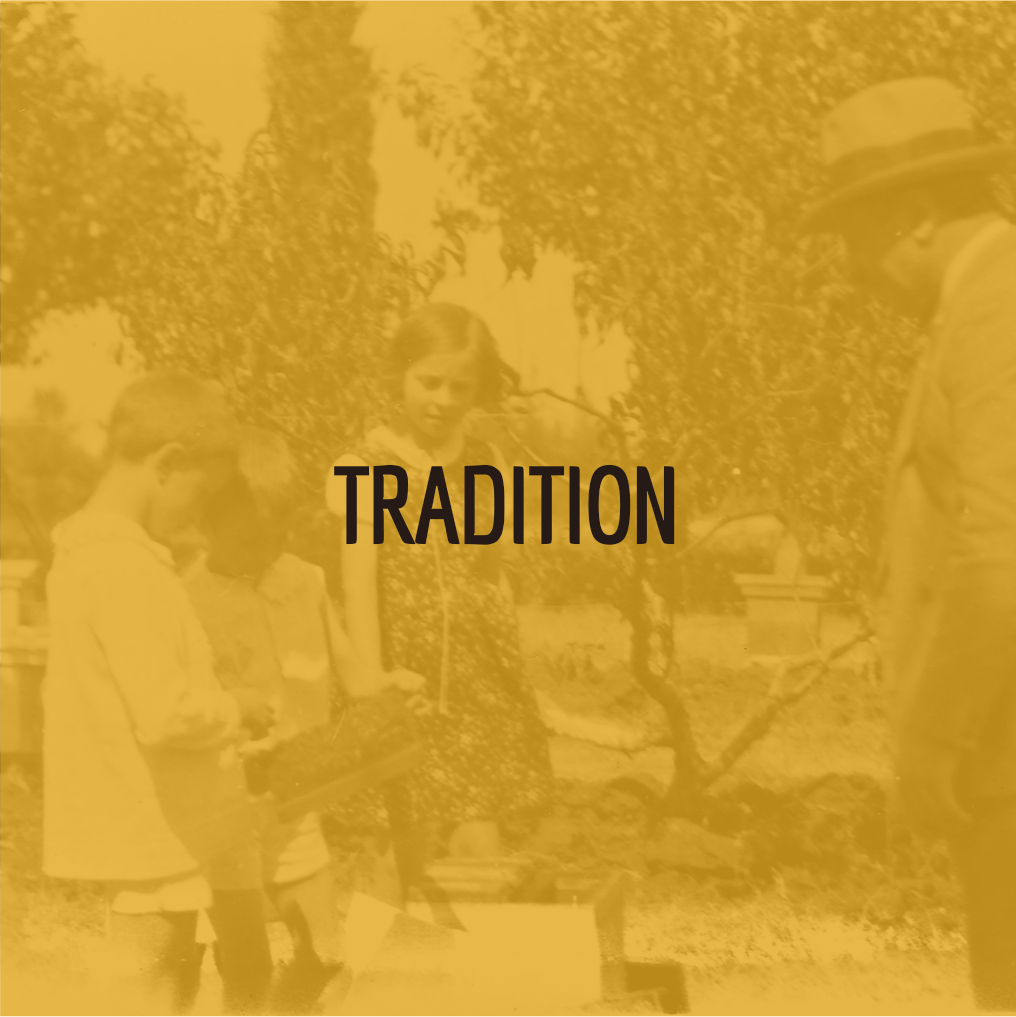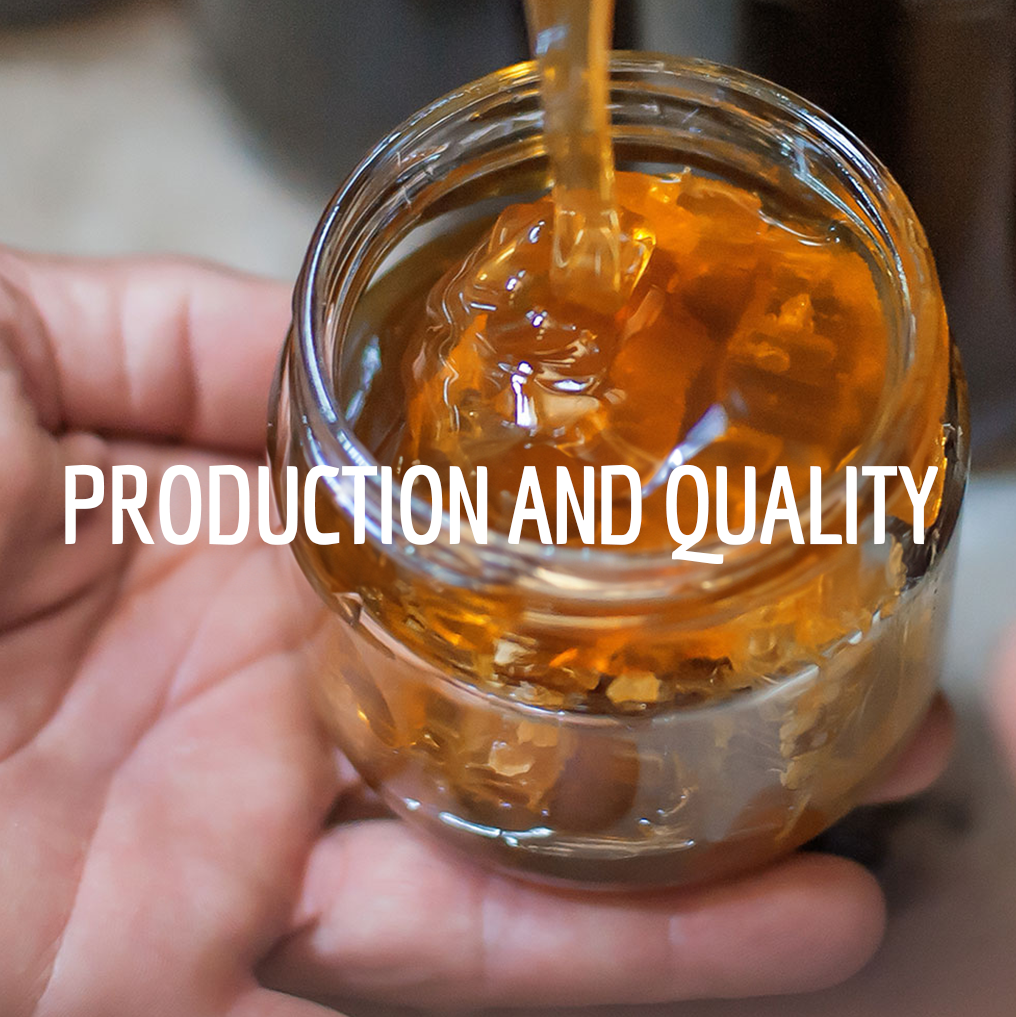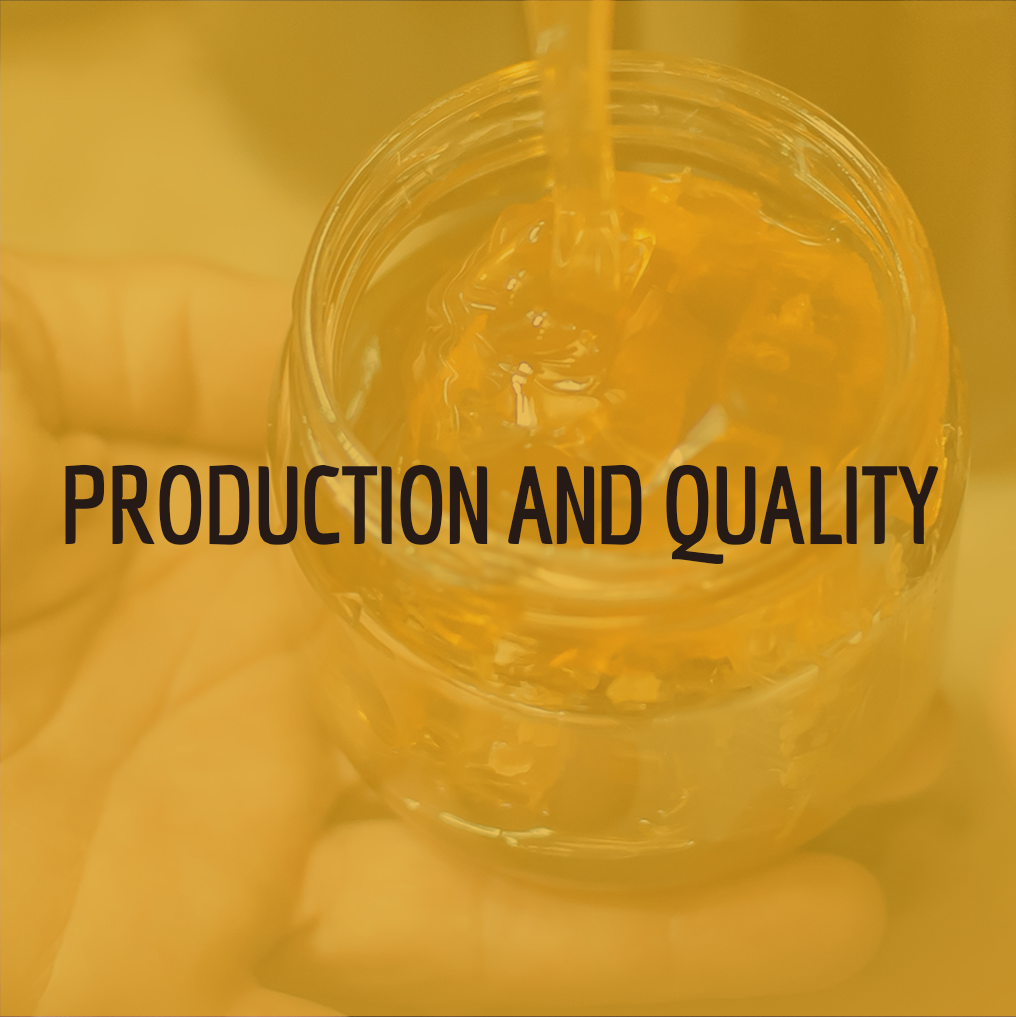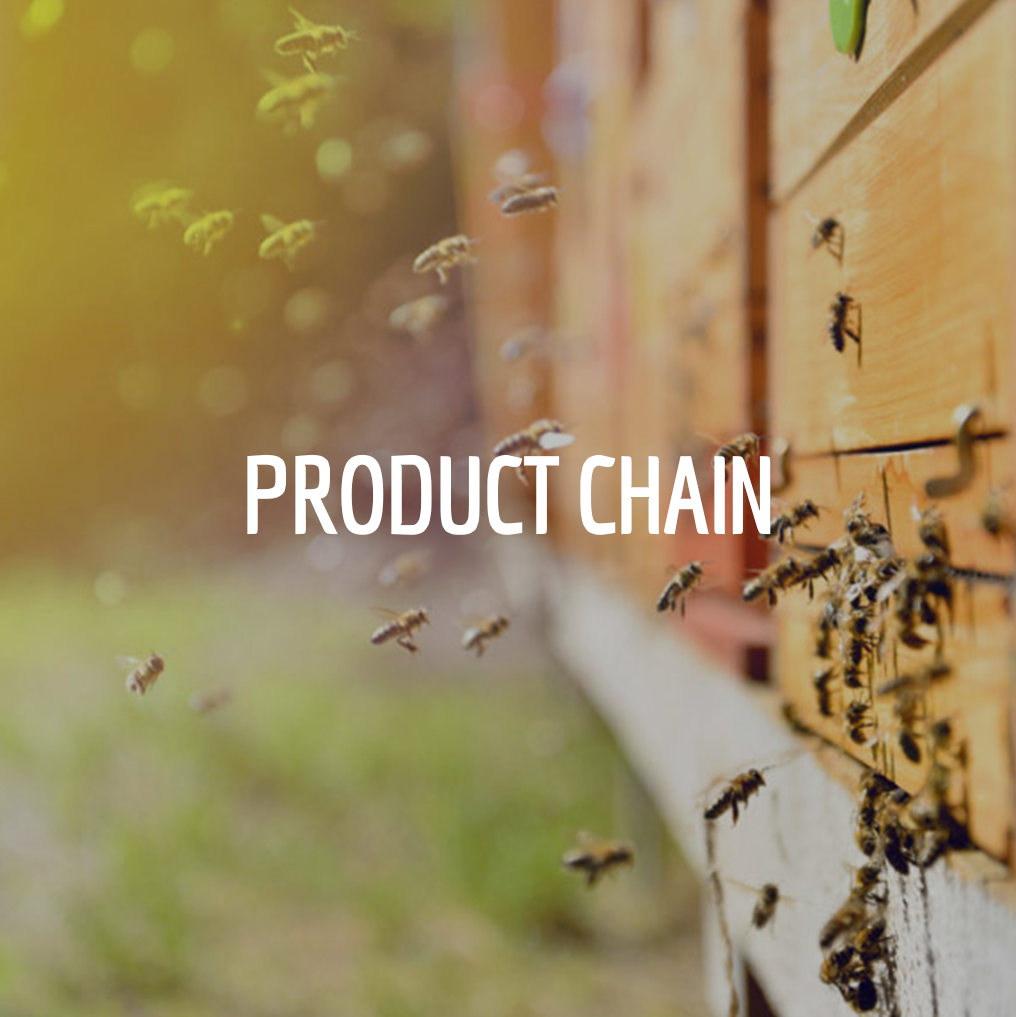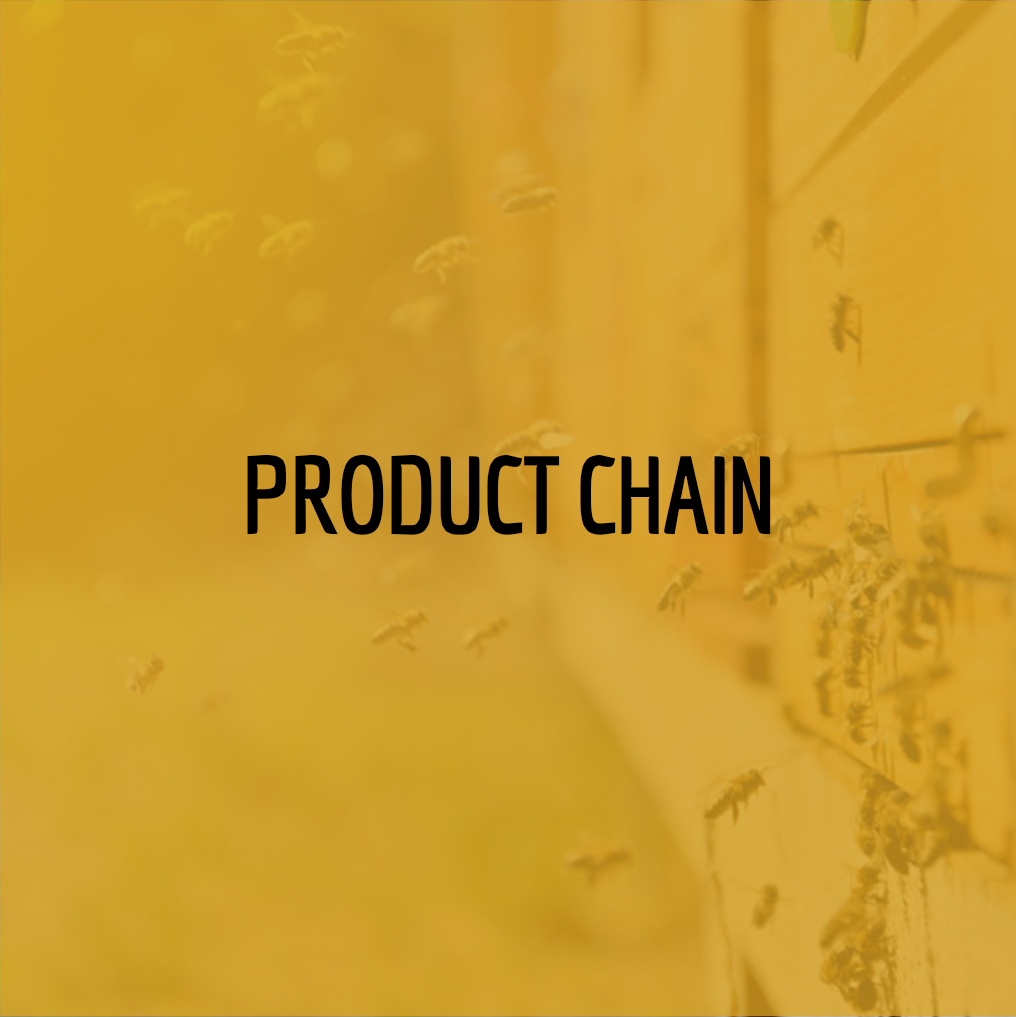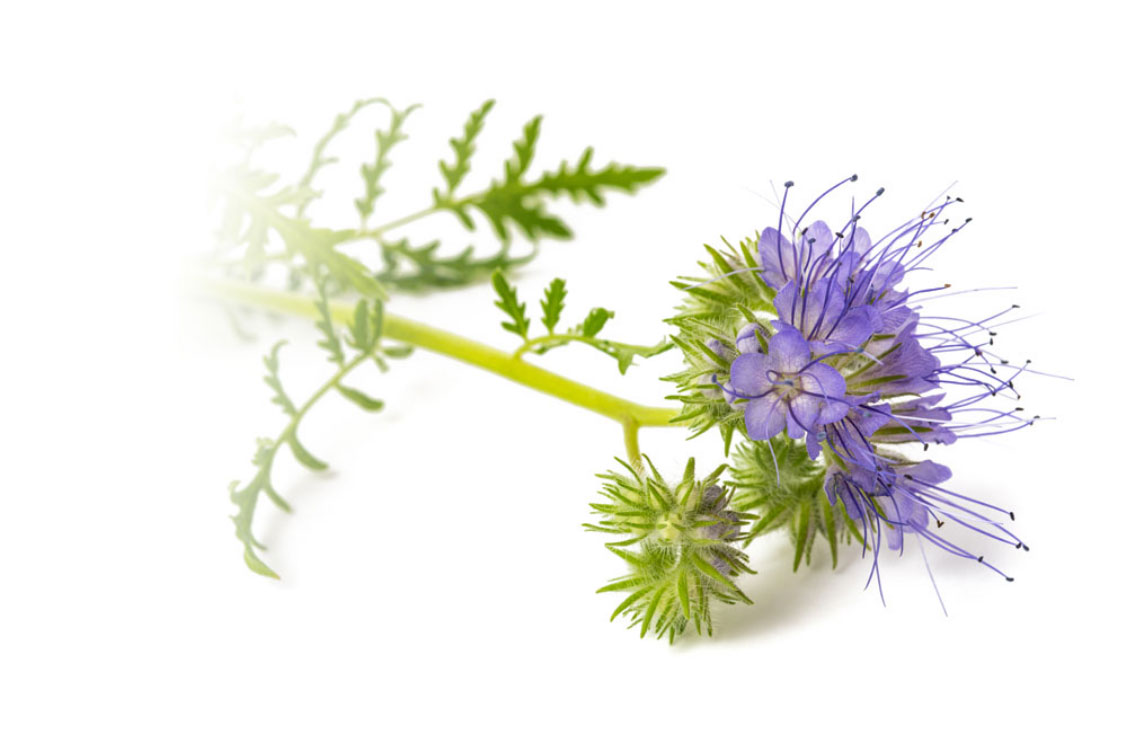
DESCRIPTION OF THE SPECIES
Capsule fruit.
Pinnate leaves.
Flowers with blue-violet corolla.
Protruding stamens.
Stem erect, branched and bristly.
Flowering: June – September
ENVIRONMENT AND DIFFUSION AREA
Cultivated as a nectar or green manure plant and grown wild. To cultivate and multiply the Phacelia you can proceed by sowing. The seeds of this plant must be planted in pots or in the ground about 2-3 cm deep. Species of North American origin, particularly in northern Mexico and California. It has only recently been introduced to Europe and is produced in greater quantities in Eastern Europe, especially in Hungary; it is more rarely found in Western Europe. Its diffusion increased in the nineties in relation to the application of the agro-environmental Community measures.
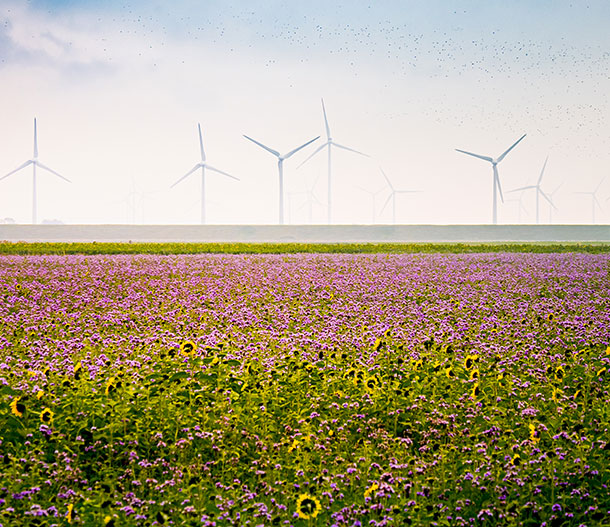
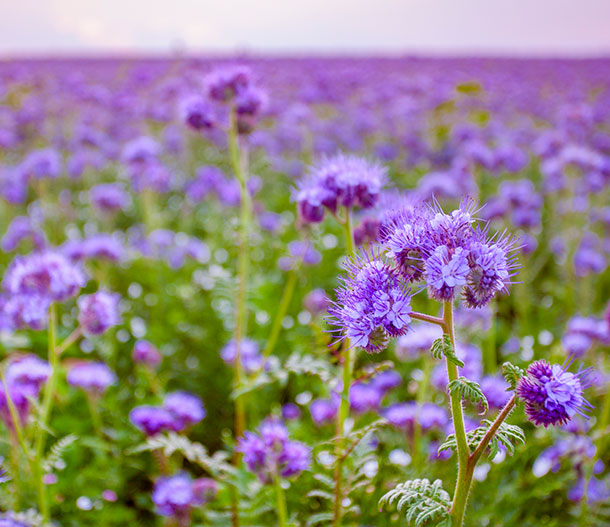
FLOWERING
Its abundant and prolonged flowering is very popular for bees and many other pollinating insects who are greedy for its nectar. Blooming at times of the year when other plants have already withered, it is a real lifesaver for bees in particular. Finally, its nitrogenous substances constitute a precious biological source of nourishment for the soil and for the production of high-quality honey.
THE IMPORTANCE OF UNIFLOWER HONEY
Occasional In honeys from Hungary, Phacelia pollen is present constantly, sometimes at the dominant pollen level.
ORGANOLEPTIC CHARACTERISTICS
Very light colour, delicate smell and aroma, not particularly characteristic.
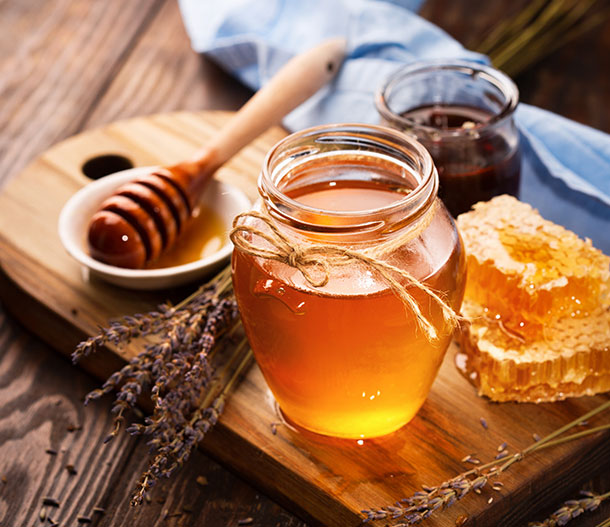
DISCOVER THE PIANA MIELE HONEYS

